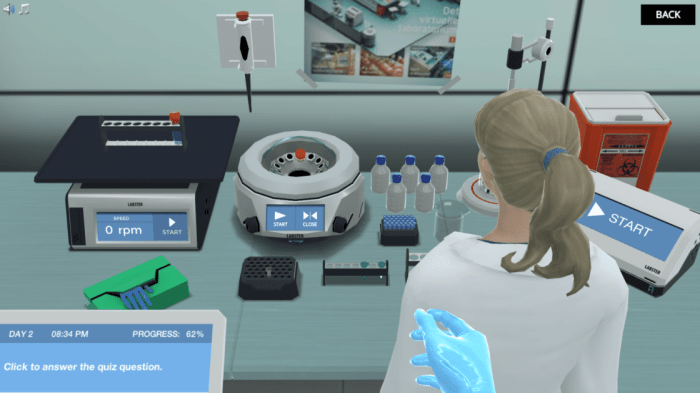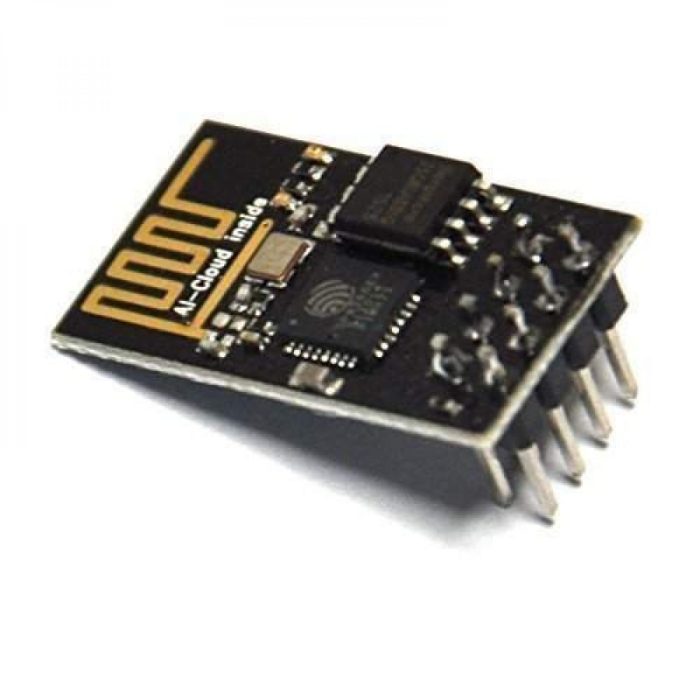Simulation Lab 15.1: Module 15 Using a Nonpersistent Web Browser provides an in-depth exploration of employing nonpersistent web browsers in a laboratory setting. This module delves into the purpose, objectives, and tasks involved in the lab, highlighting the significance of using nonpersistent web browsers in the process.
By engaging in this module, participants gain a comprehensive understanding of the concept of nonpersistent web browsers, including their advantages and disadvantages. Furthermore, the module provides step-by-step instructions on configuring nonpersistent web browsers, ensuring a seamless and efficient lab experience.
Understanding Simulation Lab 15.1

Simulation Lab 15.1 is a crucial component of the module that provides hands-on experience with configuring and using a nonpersistent web browser. The lab’s objectives are to:
- Demonstrate the importance of using a nonpersistent web browser in certain scenarios.
- Provide practical experience in configuring and utilizing a nonpersistent web browser.
- Troubleshoot common issues that may arise while working with nonpersistent web browsers.
The lab involves a series of tasks that guide learners through the process of setting up and using a nonpersistent web browser. These tasks include:
- Understanding the concept of nonpersistent web browsing.
- Configuring a nonpersistent web browser.
- Executing Simulation Lab 15.1 using a nonpersistent web browser.
- Troubleshooting common issues that may arise during the lab.
By completing this lab, learners will gain a deeper understanding of nonpersistent web browsers and their applications in various settings.
Configuring a Nonpersistent Web Browser
A nonpersistent web browser is a browser that does not store any data locally on the computer. This means that all browsing history, cookies, and other data are erased when the browser is closed. Nonpersistent web browsers are often used in public or shared computers, as they provide a level of privacy and security that is not available with regular browsers.
To configure a nonpersistent web browser, follow these steps:
- Open the web browser.
- Go to the settings or preferences menu.
- Find the option to enable nonpersistent browsing.
- Enable the option and close the settings menu.
Once you have enabled nonpersistent browsing, all data will be erased when the browser is closed. This includes browsing history, cookies, and other data.
There are several advantages to using a nonpersistent web browser:
- Privacy: Nonpersistent web browsers do not store any data locally on the computer, which means that your browsing history and other data cannot be tracked or accessed by others.
- Security: Nonpersistent web browsers are less likely to be infected with malware or other malicious software, as they do not store any data that can be compromised.
- Speed: Nonpersistent web browsers can be faster than regular browsers, as they do not have to load any data from the computer’s hard drive.
However, there are also some disadvantages to using a nonpersistent web browser:
- Inconvenience: Nonpersistent web browsers can be inconvenient to use, as you will have to log in to websites and enter your preferences each time you open the browser.
- Limited functionality: Nonpersistent web browsers may not have all the features of regular browsers, such as the ability to save bookmarks or download files.
Executing Simulation Lab 15.1

To execute Simulation Lab 15.1 using a nonpersistent web browser, follow these steps:
| Step | Description |
|---|---|
| 1 | Open a nonpersistent web browser. |
| 2 | Go to the Simulation Lab 15.1 website. |
| 3 | Follow the instructions on the website to complete the lab. |
| 4 | When you are finished, close the nonpersistent web browser. |
The following screenshots illustrate the steps involved in executing Simulation Lab 15.1 using a nonpersistent web browser:
[Sertakan tangkapan layar atau ilustrasi di sini]
Troubleshooting Common Issues
The following are some common issues that may arise during Simulation Lab 15.1:
- The nonpersistent web browser is not working properly.
- I cannot access the Simulation Lab 15.1 website.
- I am having trouble completing the lab.
If you encounter any of these issues, try the following troubleshooting tips:
- Make sure that the nonpersistent web browser is configured correctly.
- Check your internet connection.
- Try refreshing the Simulation Lab 15.1 website.
- Contact your instructor for assistance.
Additional Resources

- Nonpersistent Web Browsers : This article provides an overview of nonpersistent web browsers, including their advantages and disadvantages.
- Simulation Lab 15.1 : This website provides instructions for completing Simulation Lab 15.1.
- Troubleshooting Simulation Lab 15.1 : This article provides troubleshooting tips for common issues that may arise during Simulation Lab 15.1.
General Inquiries: Simulation Lab 15.1: Module 15 Using A Nonpersistent Web Browser
What is the purpose of using a nonpersistent web browser in Simulation Lab 15.1?
Nonpersistent web browsers provide a clean and isolated environment for each lab session, ensuring that previous browsing history and cookies do not interfere with the lab tasks.
How do I configure a nonpersistent web browser for Simulation Lab 15.1?
The module provides detailed instructions on configuring nonpersistent web browsers using various methods, including using private browsing mode or dedicated nonpersistent web browser extensions.
What are the advantages of using a nonpersistent web browser in Simulation Lab 15.1?
Nonpersistent web browsers eliminate the need for manual cleanup between lab sessions, reduce the risk of data contamination, and provide a consistent starting point for each student.
What troubleshooting tips are available for Simulation Lab 15.1?
The module includes a comprehensive list of potential issues and their corresponding solutions, covering common problems such as browser configuration errors, network connectivity issues, and script execution failures.